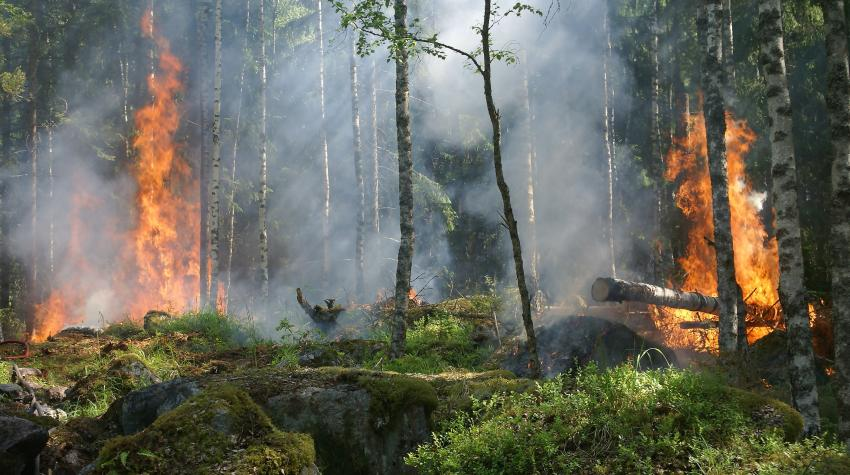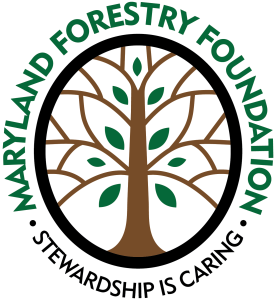
The wildfire season in the United States broadly runs from spring until fall. Wildfires are a natural and beneficial component of many ecosystems. Wildfires reduce leaf litter, improve wildlife habitats, and even stimulate new forest growth (National Park Service 2011). Prescribed burns are intentionally set fires in order to prevent catastrophic fires that can happen when dead vegetation builds up on forest floors due to fire suppression tactics (National Park Service 2011). However, each year, wildfires are becoming more unpredictable, longer-burning, and more frequent, which can cause more harm than good. Over the last 40 years, the area that is impacted by wildfires has quadrupled in the United States (National Interagency Fire Center). While part of this is due to a changed attitude towards fire and decreasing fire suppression tactics, wildfires have also increased due to droughts and higher temperatures as a result of climate change, as well as the overuse of water (Westerling 2006, Abatzoglou 2016).
Wildfires can also harm human health by introducing particulate matter into the air, and increasing the prevalence of cardiovascular and respiratory illness (Environmental Protection Agency 2023). Wildfires cause deforestation, air pollution, and damage to watersheds. Beyond environmental and health impacts, wildfires cost anywhere from $394 to $893 billion in damages each year (Joint Economic Committee 2023).
While wildfires are vital to the ecosystem, a long history of fire suppression and the drying effects of climate change is exacerbating the impact of wildfires. Forest fires are on an upward trend of becoming more damaging, longer, and wider spread (National Interagency Fire Center).
References:
A. L. Westerling, H. G. Hidalgo, D. R. Cayan, T. W. Swetnam, Warming and earlier spring increase western US forest wildfire activity. Science 313, 940–943 (2006).
Burke, M., Driscoll, A., Heft-Neal, S., Xue, J., Burney, J., & Wara, M. (2021). The changing risk and burden of wildfire in the United States. Proceedings of the National Academy of Sciences, 118(2). https://doi.org/10.1073/pnas.
Environmental Protection Agency. Why wildfire smoke is a health concern. (2023). https://www.epa.gov/wildfire-
Joint Economic Committee. Climate-exacerbated wildfires cost the u.s. between $394 to $893 billion each year in economic costs and damages. (2023). https://www.jec.senate.gov/
J. T. Abatzoglou, A. P. Williams, Impact of anthropogenic climate change on wildfire across western US forests. Proc. Natl. Acad. Sci. U.S.A. 113, 11770–11775 (2016).
National Interagency Fire Center, Wildland Fire Statistics, National Interagency Fire Center, Wildland Fire Statistics. https://www.nifc.gov/fireInfo/
National Park Service. Benefits of Fire. Experience Your America, (2011). www.nps.gov/subjects/fire/
